Wild Hyacinth & Veronica
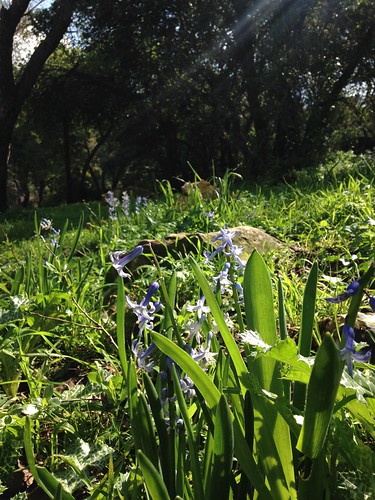
Clusters of wild hyacinths (Hyacinthus orientalis) greeted us when arriving at the foothill of Mt. Meron. And they kept accompanying us as we climbed up towards to peak (Elevation over 1,200m). This has easily became a favourite hiking trail, which is a satisfyingly challenging two hour round trip (not too long and not too short), and always full of flora and fauna delights. It's a unique mountain because it has many rare plants that don't grow anywhere else in Israel, for example wild peonies. Other plants maybe grow elsewhere but still attract floral pilgrimages that I compare to the Japanese tradition of flower viewing (I already told you about the Sternbergia).
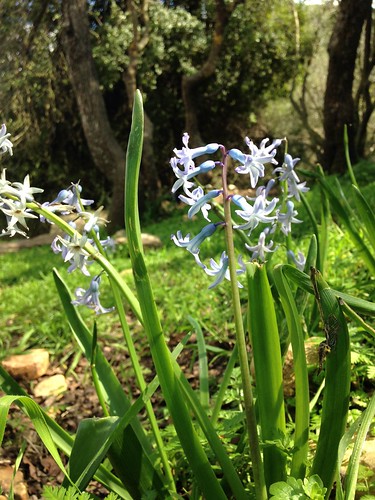
This time I came especially for the oriental hyacinth, the forefather of the cultivated grape hyacinths. I already wrote a little bit about wild hyacinths on this blog, but this is the first time I'm seeing them and smelling them in person. And I was not prepared for their smell at all. Cultivated hyacinths have a sharp green, heady, sweet perfume. Similar scent was observed at the bottom of the mountain - with the hyacinths having the typical green-sharp fragrance, a little sweet and white-wine-like, with forest-floor nuances and more than a sulphuric hint of green onion or chives. On the other hand, the hyacinths on the top of the mountain trail had a surprisingly tropical aroma, bringing to mind lilies and even suntan lotion (!).
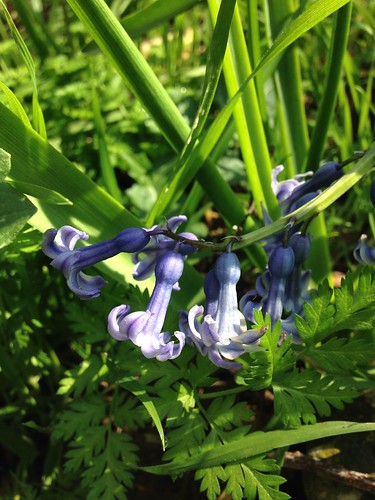
Several molecules were found responsible for hyacinth's character: 3,7 dimethyl-1,3(E),5(E)-octatriene-7-ol (AKA beta ocimene, which has a tropical, green, woody, vegetal scent) and (E)-cinnamic alcohol (which gives it the spicy, floral-green, powdery, balsamic and slightly fermented character), and ethyl 2-methoxybenzoate (AKA benzoic acid or ethyl ortho-anisate, which gives it the fruity-floral aroma, also present in grapes). It must be a different ratios of these molecules that created the difference in the aroma profiles in hyacinths in different location.
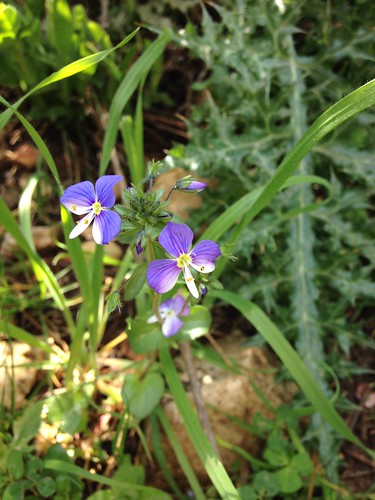
Just a few steps from the first cluster of hyacinths on the trail, a meadow of Syrian Veronicas (Veronica syriaca) ignites the imagination, visually looking like a dream perfume pairing. They look a little like violets, with a striking line that separates their blue-purple top from the bottom white colouring. I didn't notice any special smell about them, because I was too preoccupied with their looks and taking pictures of them. They are so delicate and yet outstanding. It's interesting how on the foothill of this mountain, two plants of such different lore grow next to each other: Veronica is named after St. Veronica, who tended to Jesus on the cross giving him a handkerchief to wipe his brow; and Hyacinthus - a pretty Greek lad whose preference of the Sun God Apolo as a lover over the West Wind God Zephyrus brought upon his untimely death. To avoid sending his body to Hades, the Underwold God, Apolo turned his blood into this lovely and fragrant blue flower.
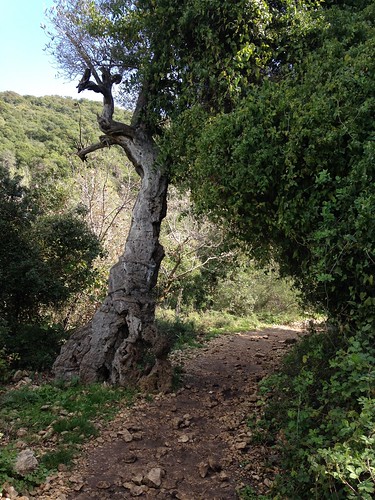
Cubist looking ancient olive tree at the beginning of the trail.
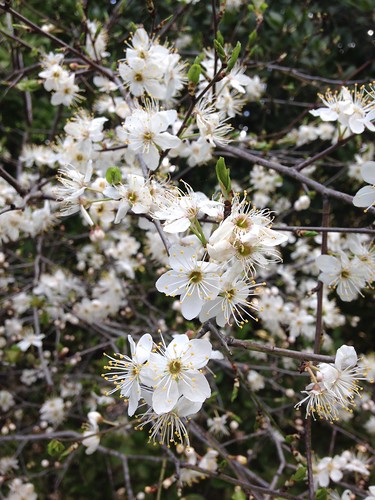
And yet a few steps from there - a wild plum, called Bear's Plum (Prunus ursina), which smells very much like ume (Japanese sour plum), and will ripen sometime during the summer. There was a surprising number of wild plum trees dotting the mountain, which is simply an endless source of inspiration.
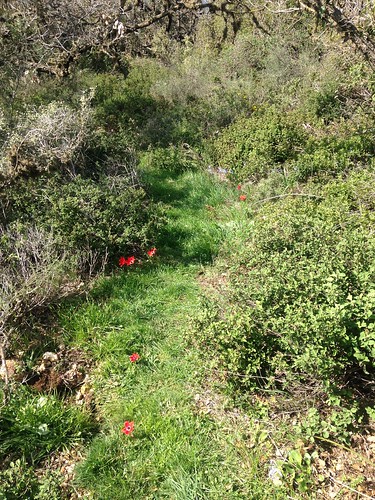
A gorgeous trail of wild red anemones and blue hyacinths higher up the mountain.

